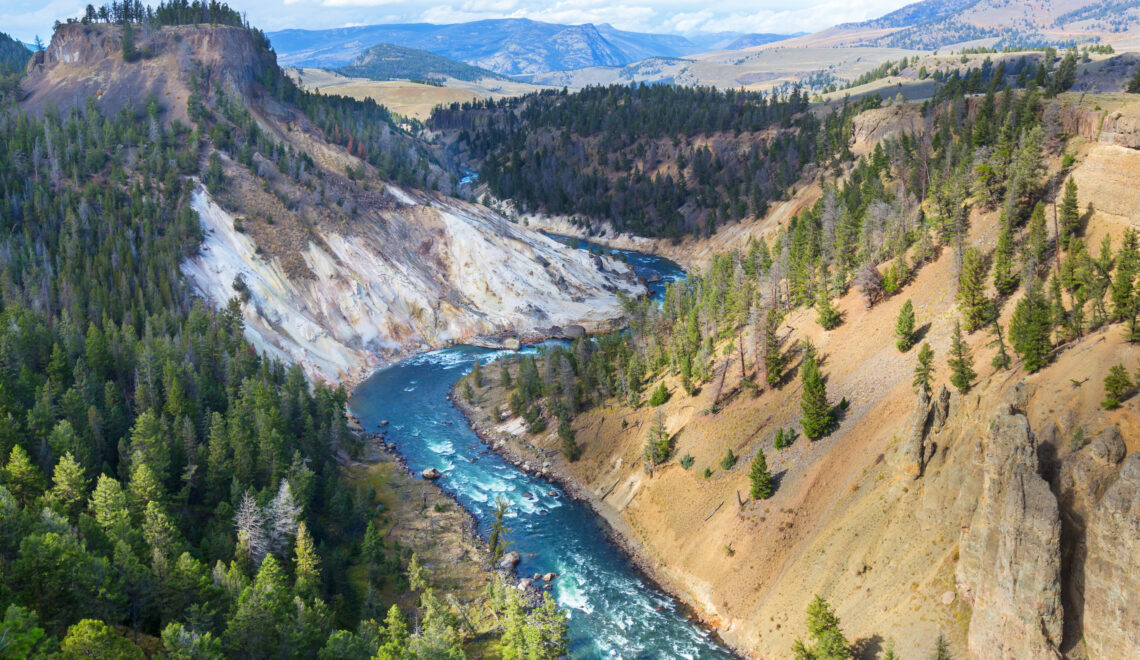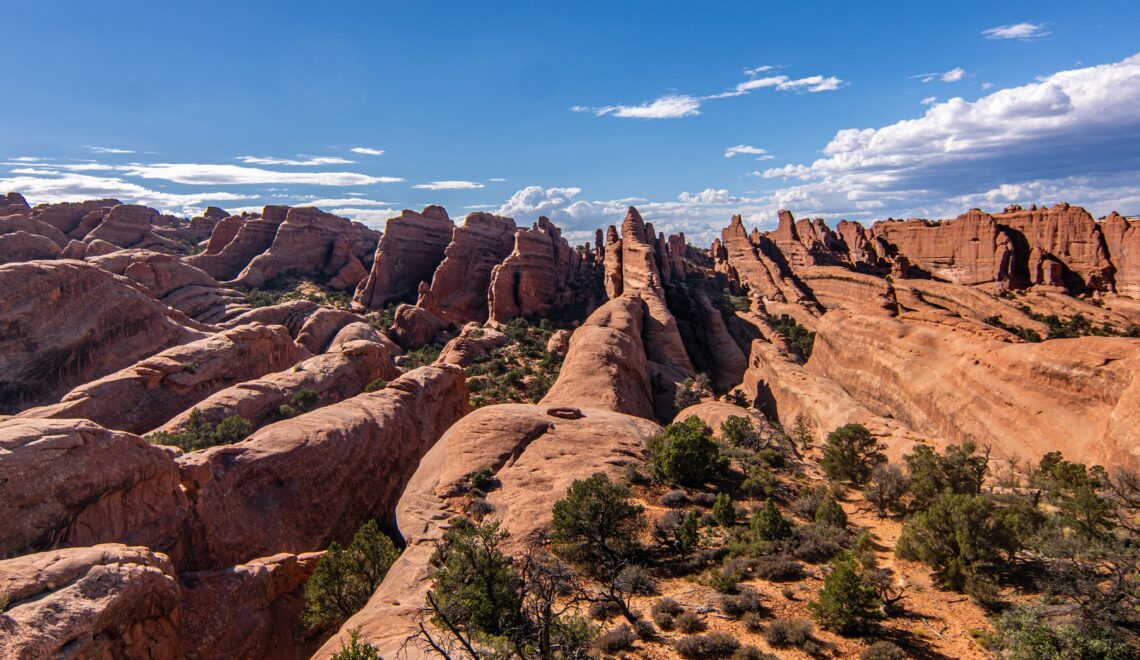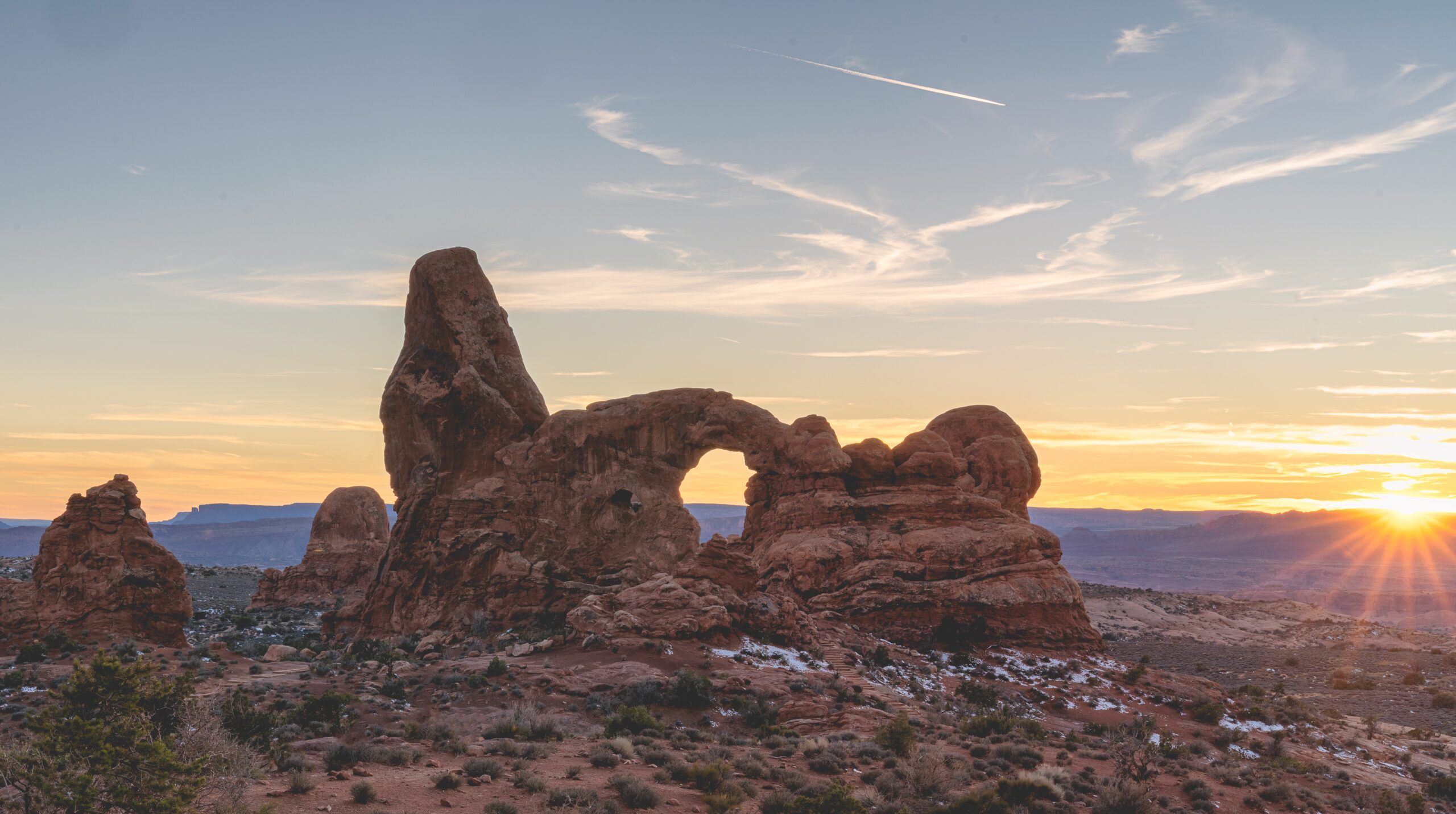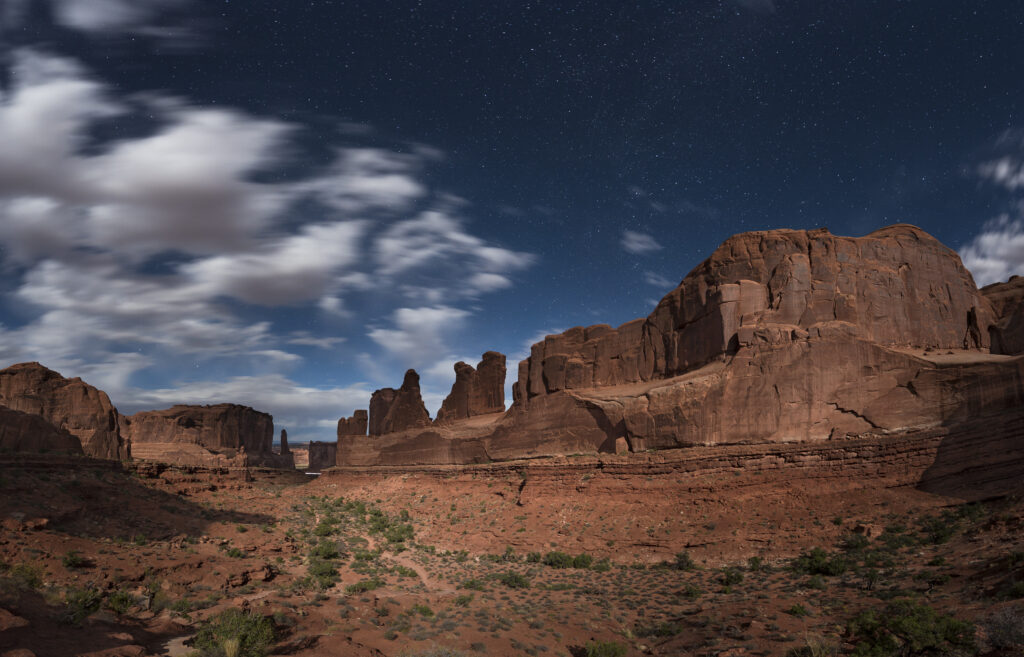Best Times to Visit Major National Parks
Exploring Nature’s Finest: Optimal Seasons for National Park Visits
Visiting national parks is a quintessential American adventure, offering a chance to witness some of the most stunning landscapes and diverse ecosystems in the world. However, planning the perfect trip involves more than just choosing a destination; timing is crucial. The best times to visit these natural wonders can mean the difference between a crowded, uncomfortable experience and a peaceful, awe-inspiring journey. This guide highlights the ideal times to visit some of the most famous national parks in the United States, based on factors like weather, crowd sizes, and natural events.
Some posts on this site contain affiliate links, meaning if you book or buy something through one of these links, I may earn a small commission at no extra cost to you.
| National Park | Best Time to Visit | Reasons |
|---|---|---|
| Yellowstone National Park | Late April to early June, September to early October | Mild weather, fewer crowds, active wildlife |
| Yosemite National Park | May, September | Flowing waterfalls, pleasant weather, fewer visitors |
| Grand Canyon National Park | March to May, September to November | Cooler temperatures, fewer crowds, ideal hiking conditions |
| Zion National Park | April to June, September to November | Comfortable temperatures, fewer crowds |
| Glacier National Park | Late June to mid-September | Warm weather, open park roads, full access to hiking trails |
| Rocky Mountain National Park | June to September | Warm weather, blooming wildflowers, open trails and facilities |
| Great Smoky Mountains National Park | Late September to mid-November, mid-April to early June | Fall foliage, blooming wildflowers |
| Grand Teton National Park | Mid-May to late September | Open facilities and trails, warm weather, wildlife viewing opportunities |
| Acadia National Park | Late spring (May to June), fall (September to October) | Cooler temperatures, fewer crowds, vibrant fall foliage |
| Arches National Park | March to May, September to November | Mild temperatures, fewer crowds |
Yellowstone National Park
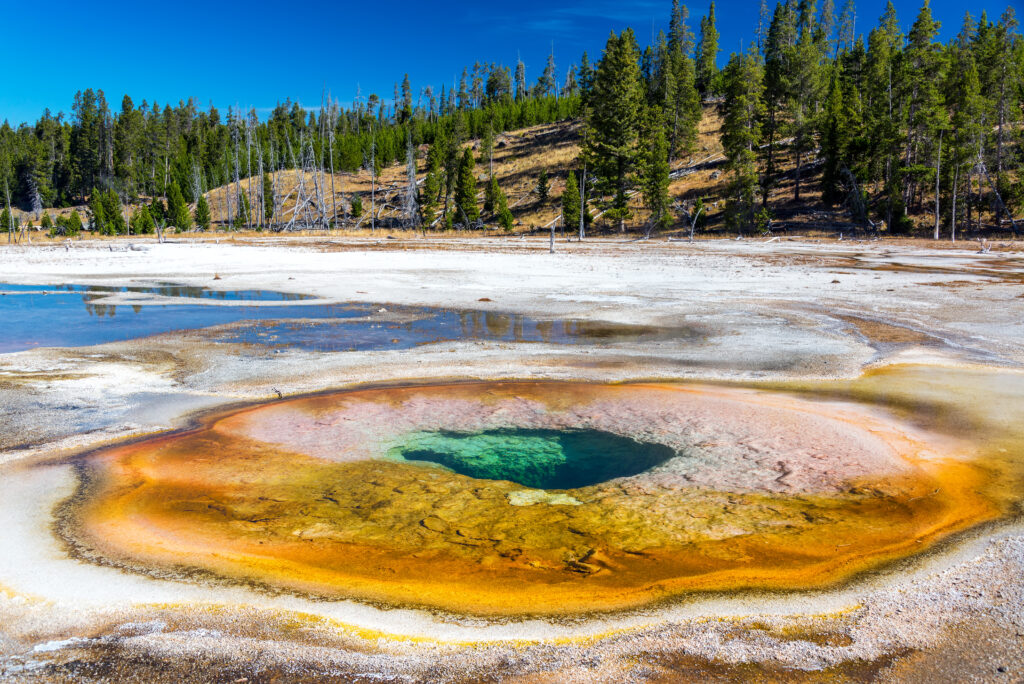
Yellowstone National Park, the world’s first national park, is renowned for its geothermal features, diverse wildlife, and expansive landscapes. The best times to visit Yellowstone are from late April to early June and from September to early October. During these shoulder months, visitors can enjoy mild weather and fewer crowds, making wildlife spotting more frequent and enjoyable.
Spring in Yellowstone brings the park to life with blooming wildflowers and active animals. Bears come out of hibernation, and bison give birth to their calves, offering a unique glimpse into the park’s wildlife. Fall, on the other hand, showcases the park in a different light with its vibrant autumn colors and the elk rutting season. Both seasons provide excellent opportunities for photography, hiking, and soaking in the serene environment without the overwhelming summer crowds.
Yosemite National Park

Yosemite National Park, famous for its stunning granite cliffs, waterfalls, and giant sequoias, is best visited in May and September. These months offer the perfect balance of accessibility and tranquility, as the park is less crowded compared to the peak summer months.
In May, the waterfalls are at their most powerful, fueled by melting snow from the Sierra Nevada. The park’s meadows are lush and green, making it an ideal time for photography and sightseeing. September, while signaling the end of summer, provides pleasant weather for hiking and exploring. The crowds thin out, and the temperatures are more comfortable, allowing for a more relaxed visit.
Grand Canyon National Park
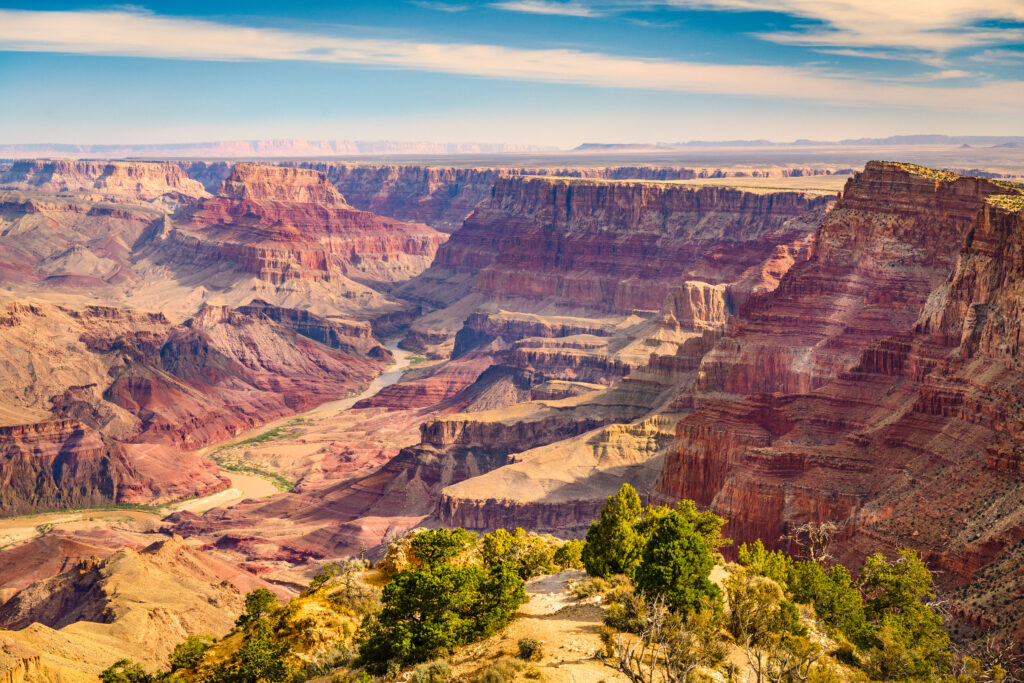
One of the most iconic landscapes in the United States, the Grand Canyon, is best visited from March to May and September to November. During these periods, the temperatures are cooler, and the crowds are significantly smaller than in the peak summer months.
Spring and fall are ideal for hiking the numerous trails that wind through the canyon. The cooler temperatures make the strenuous hikes more manageable, and the views are just as breathtaking. Additionally, these months offer opportunities to experience the park’s wildlife and witness stunning sunrises and sunsets without the large summer crowds.
Zion National Park
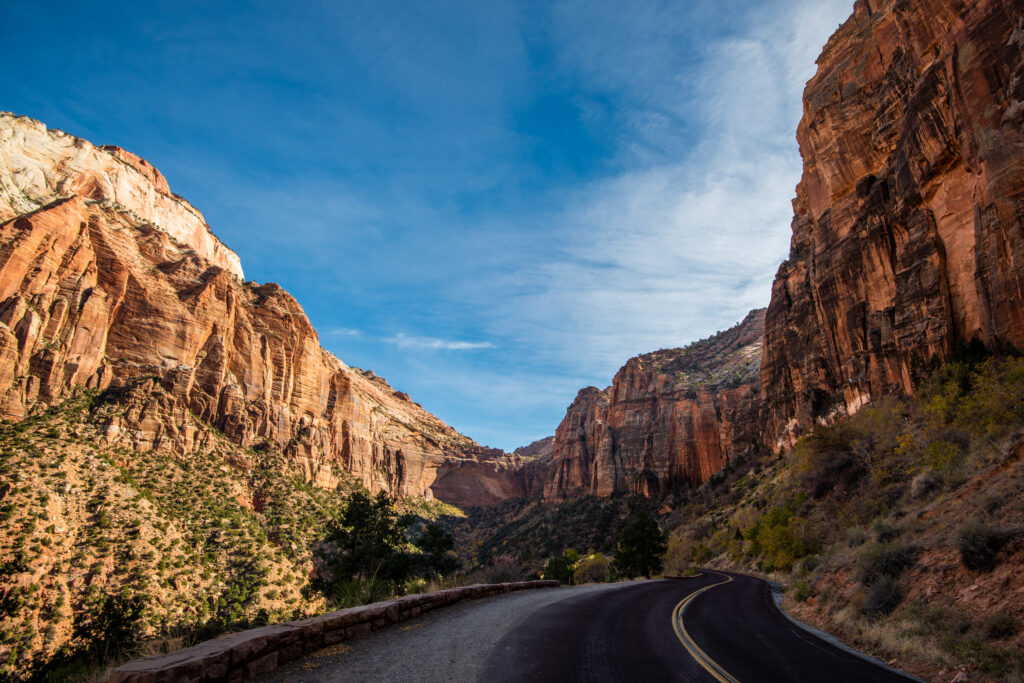
Zion National Park, known for its towering red cliffs and narrow canyons, is best visited between April and June and September to November. These shoulder seasons offer comfortable temperatures and fewer crowds, making it an excellent time for hiking and exploring.
Spring in Zion brings blooming wildflowers and flowing rivers, enhancing the park’s already spectacular scenery. Fall offers a different kind of beauty with its colorful foliage and cooler temperatures, perfect for hiking popular trails like Angels Landing and The Narrows.
Glacier National Park
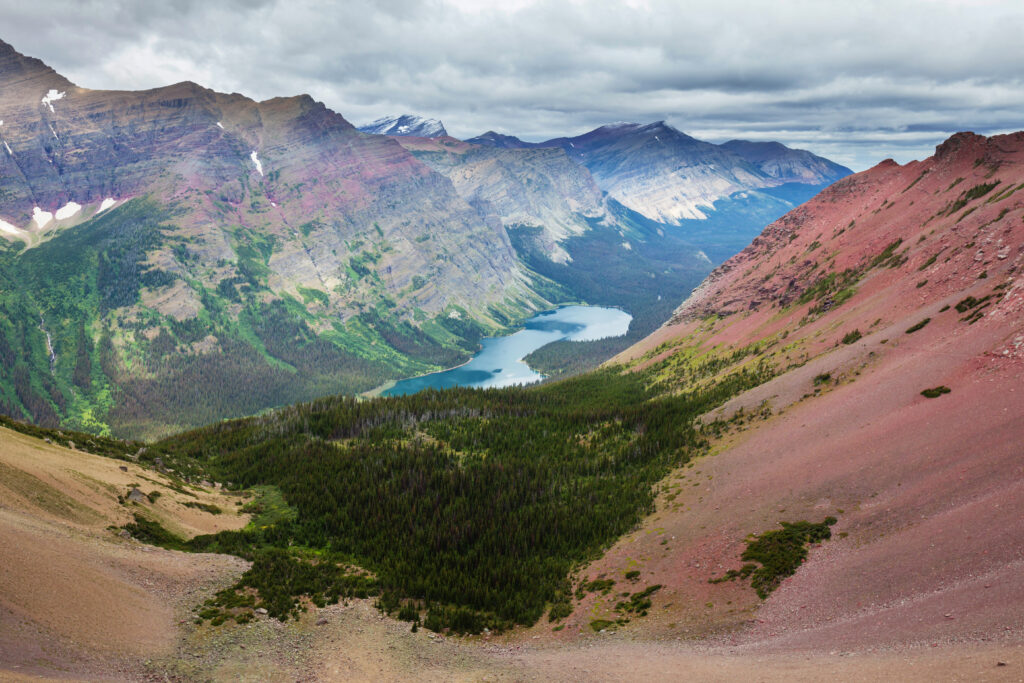
Glacier National Park, with its rugged mountains, alpine meadows, and pristine lakes, is best visited from late June to mid-September. This period offers warm weather and ensures that all park roads, including the famous Going-to-the-Sun Road, are open.
Summer is the perfect time for hiking, with all trails accessible and wildflowers in full bloom. Visitors can also enjoy the park’s numerous lakes and rivers, either by boating, fishing, or simply enjoying the stunning views. Wildlife is active during this time, providing excellent opportunities for spotting bears, mountain goats, and other animals.
Rocky Mountain National Park
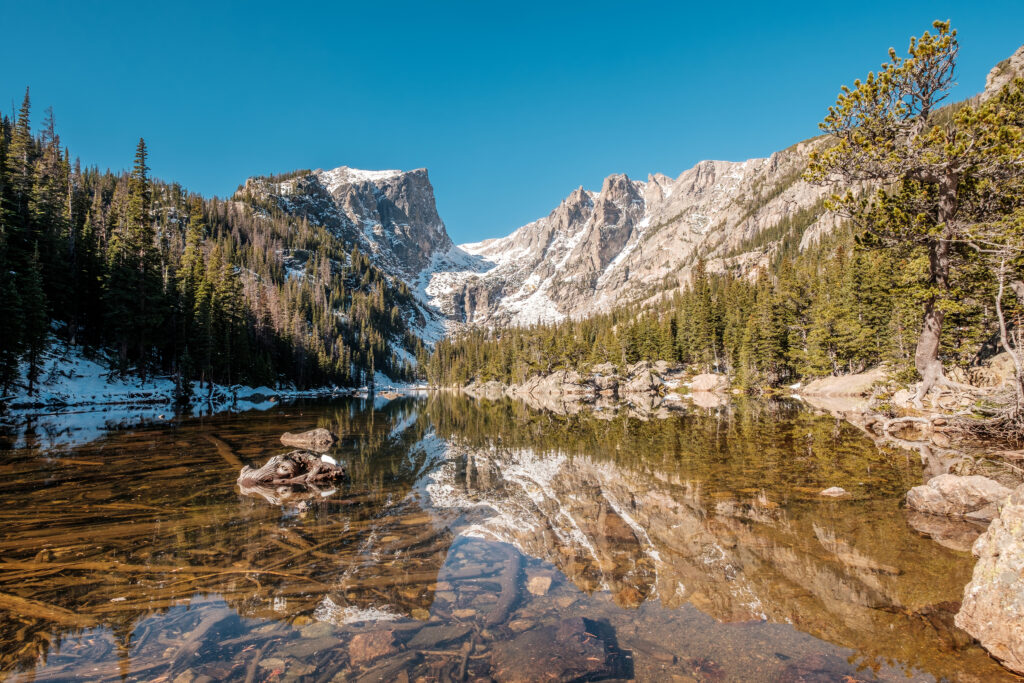
Rocky Mountain National Park, with its majestic peaks and diverse ecosystems, is best visited from June to September. During these months, the snow has melted, the temperatures are warm, and the wildflowers are in full bloom.
Summer in Rocky Mountain National Park offers the best conditions for hiking, with all trails open and accessible. The park’s numerous campgrounds and facilities are fully operational, making it an ideal time for camping and outdoor activities. Additionally, wildlife is abundant, and visitors can often spot elk, moose, and bighorn sheep.
Great Smoky Mountains National Park
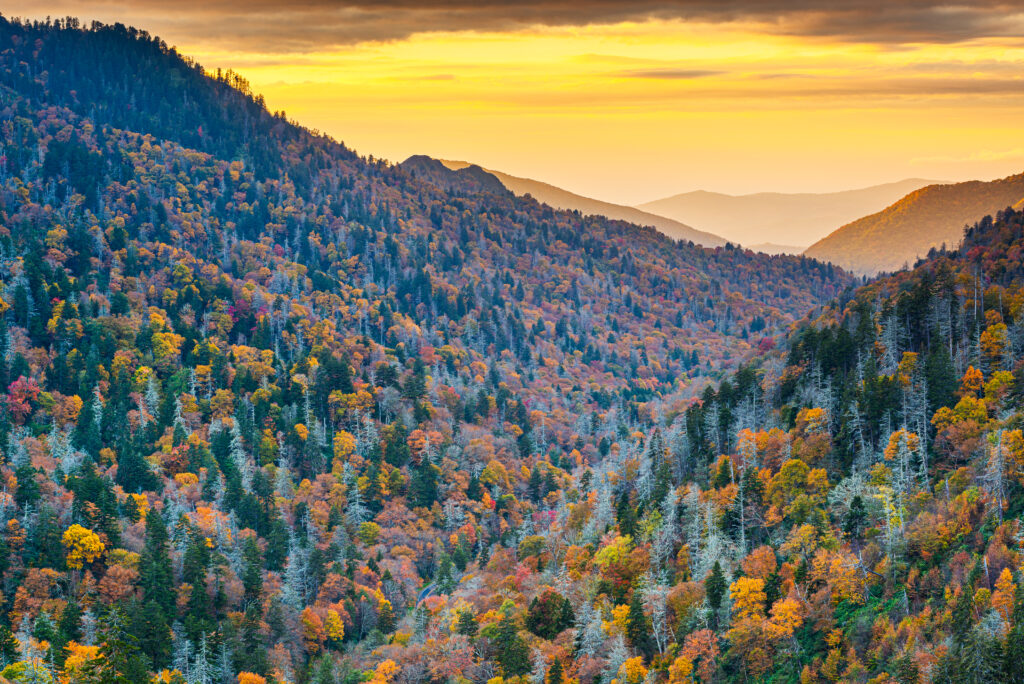
The Great Smoky Mountains National Park, known for its mist-covered mountains and rich biodiversity, is best visited from late September to mid-November and mid-April to early June. These periods offer the best weather and natural beauty, with fall foliage and spring wildflowers.
Fall is particularly stunning in the Smokies, with the park’s forests transforming into a sea of reds, oranges, and yellows. Spring, on the other hand, brings blooming wildflowers and fresh greenery, making it an excellent time for hiking and photography. Both seasons provide a tranquil experience, with fewer visitors compared to the busy summer months.
Grand Teton Mountains National Park
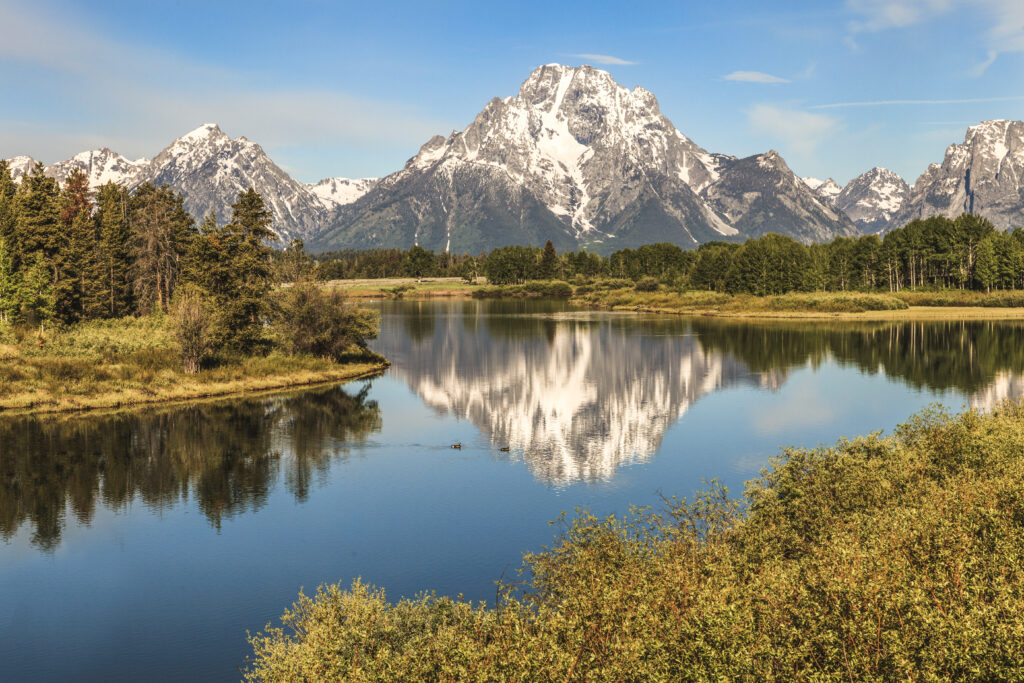
Grand Teton National Park, with its dramatic mountain landscapes and abundant wildlife, is best visited from mid-May to late September. During this time, all facilities and trails are open, and the weather is warm.
Spring and early summer offer excellent wildlife viewing opportunities, with many animals active and visible. The park’s lakes and rivers are also ideal for boating and fishing during these months. Fall brings a different kind of beauty, with the aspen trees turning golden and the park’s landscapes bathed in warm autumn light.
Acadia National Park
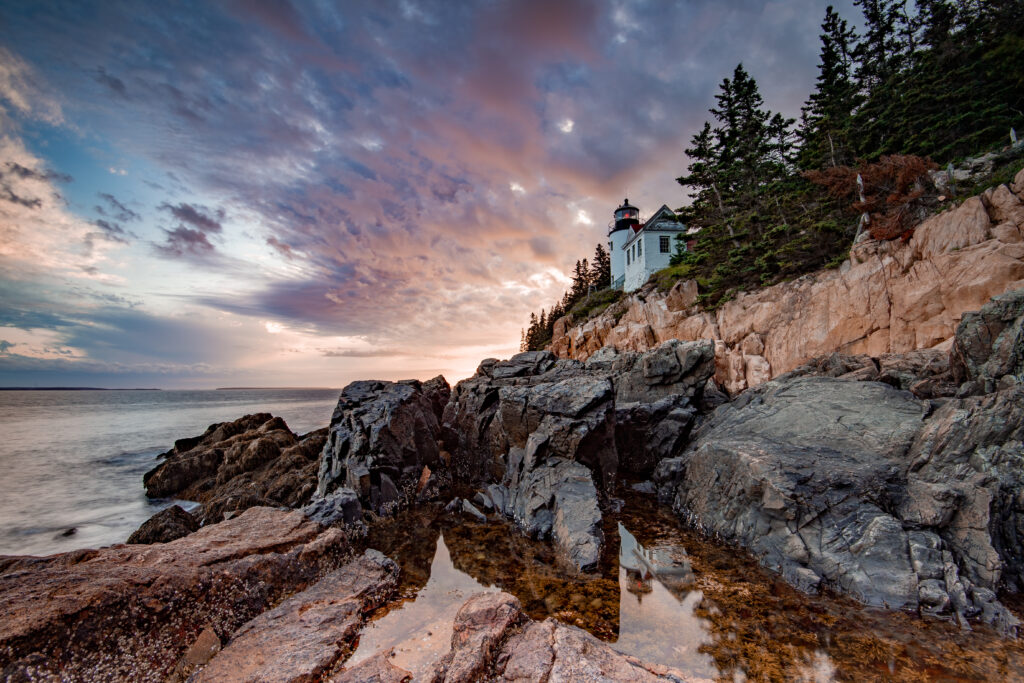
Acadia National Park, located on the rugged coast of Maine, is best visited in late spring (May to June) and fall (September to October). These periods offer cooler temperatures, fewer crowds, and vibrant fall foliage.
Spring in Acadia is beautiful, with blooming wildflowers and fresh greenery. The park’s numerous trails and carriage roads are ideal for hiking and biking. Fall, however, is arguably the best time to visit, with the park’s forests ablaze with color and the cool, crisp air perfect for outdoor activities.
Arches National Park
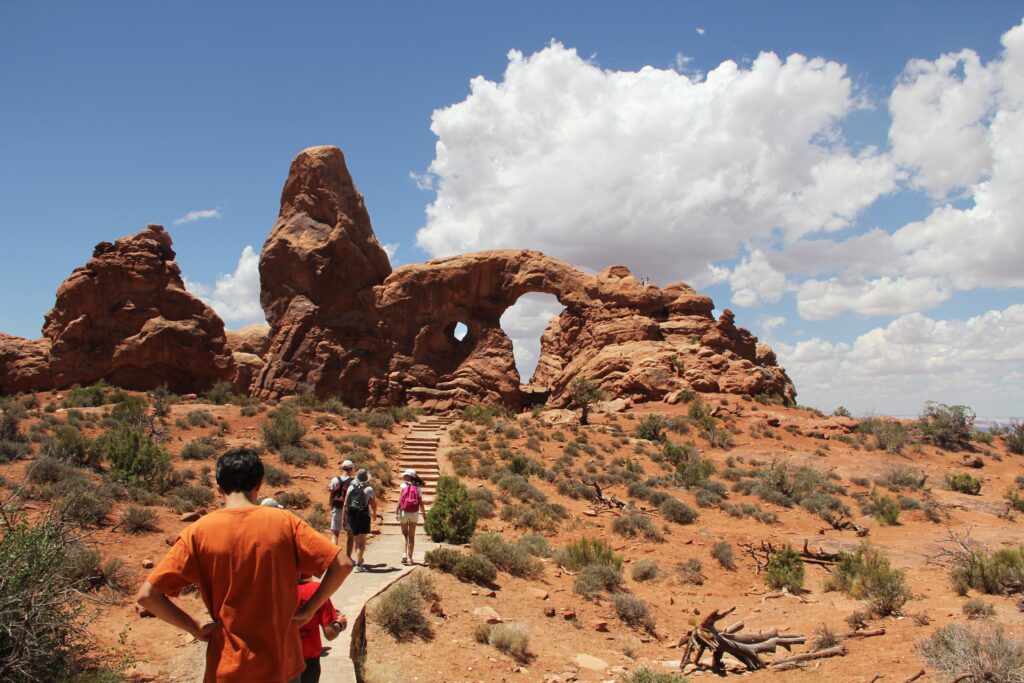
Arches National Park, famous for its more than 2,000 natural stone arches, is best visited from March to May and September to November. These periods offer mild temperatures and fewer crowds compared to the hot summer months.
Spring and fall are ideal for exploring the park’s numerous trails and viewpoints. The weather is pleasant, making hiking and photography enjoyable. Additionally, the park’s stunning rock formations are highlighted by the low angle of the sun, creating dramatic and beautiful landscapes.

